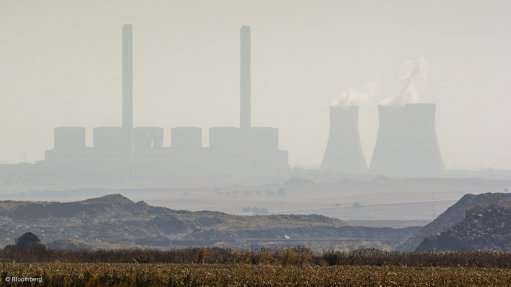
Photo by: Bloomberg
Environmental organisation Greenpeace’s India branch says Kriel, in Mpumalanga province, in South Africa, is the second-largest global hotspot for sulphur dioxide (SO2) emissions, mostly owing to the 12 coal-fired power stations in the province.
The branch commissioned a study using the US’s National Aeronautics and Space Administration (Nasa) satellites to track anthropogenic SO2 emissions hotspots around the world.
A Greenpeace Africa analysis in October last year, which also used satellite data, had also showed that Mpumalanga was the world’s largest nitrogen dioxide air pollution hotspot across six continents.
“South Africa’s air is filthy. We already know that Mpumalanga is among the worst nitrogen dioxide pollution hotpots in the world. Now we know that Mpumalanga also has the second-largest SO2 emissions hotspot in the world, second only to the Norilsk smelter complex, in Russia.
“We can not afford to waste any more time by delaying industry compliance with air quality legislation or the transition to renewable energy,” says Greenpeace Africa senior climate and energy campaign manager Melita Steele.
SO2 is a toxic pollutant that often results in lower respiratory tract infections, a higher risk of strokes and an increased risk of death from diabetes, when humans are exposed to it. SO2 emissions also contribute to the secondary formation of fine particulate matter, which is also a dangerous pollutant.
Globally, power plants and industries burning coal and oil are responsible for two-thirds of the anthropogenic SO2 emissions hotspots tracked by Nasa satellites.
Oil refineries and metals smelters are the other major sources worldwide.
“This ranking of global SO2 emissions hotspots demonstrates the need for stronger emission standards for coal-fired power plants and industry and a rapid transition away from fossil fuels,” says Greenpeace Nordic senior analyst Lauri Myllyvirta.
The Greenpeace India analysis found India to be the top SO2 emitter in the world, contributing more than 15% of global anthropogenic SO2 emissions.